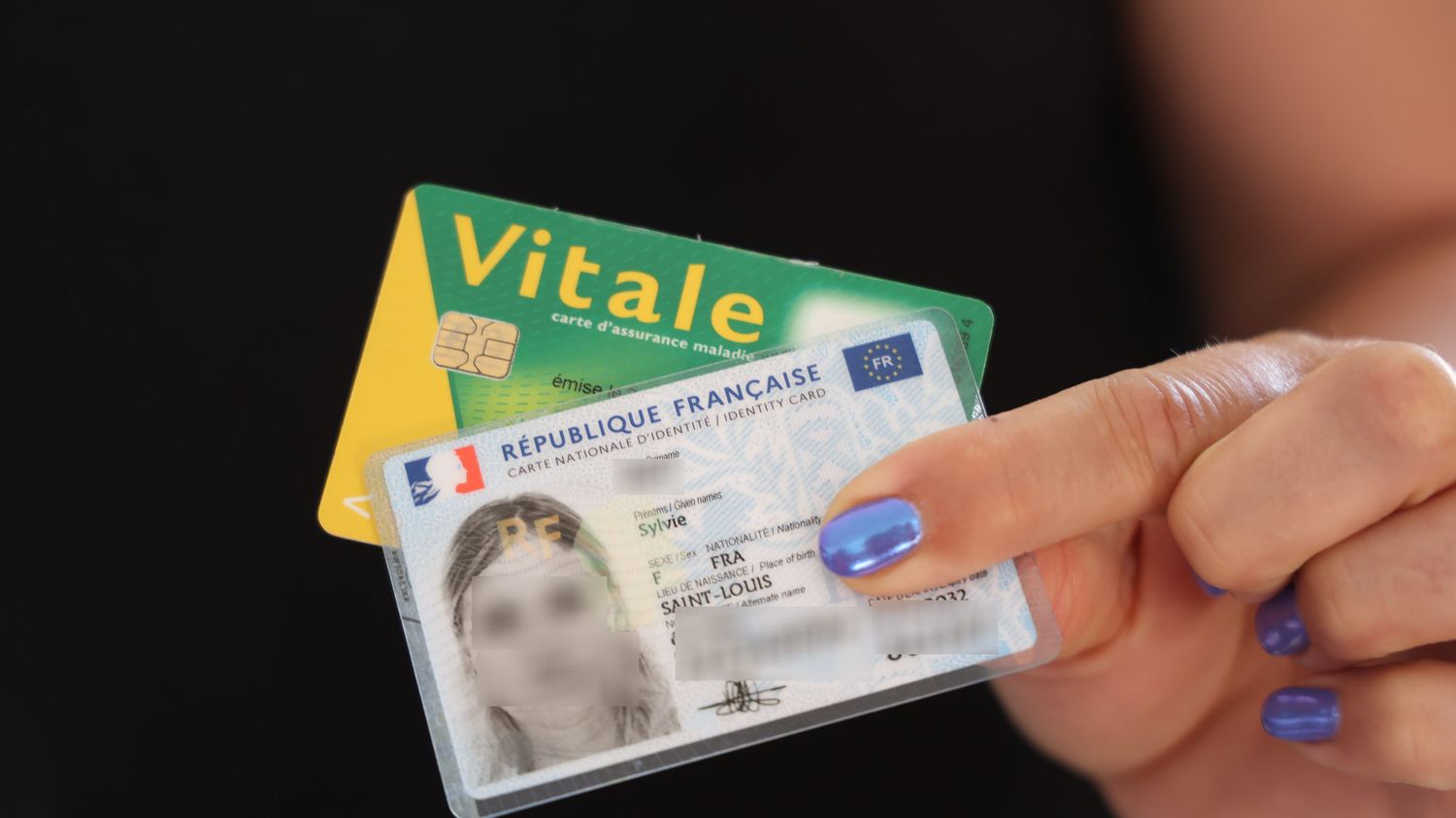The Prime Minister, Gabriel Attal, relaunched on Wednesday March 20 the merger project between the Vitale card and the identity card, as has been the case in Belgium since 2013, in the name of the fight against insurance fraud disease :

Published
Reading time: 2 min

Carte Vitale / identity card: a merger project that is now a “priority” according to the Prime Minister, but which remains controversial, particularly because of the issues around data protection. Hence the importance of technological choices.
The advantage of having an identity card on one side and a Vitale card on the other is that you do not group all the information that concerns you – both identity and health – on the same card. support, even if the Vitale card and its electronic version do not contain a medical file.
And yet, if the identity card and the Vitale card merged, the risk would inevitably be greater that a third party, in possession of this new unified card, accesses the data that you do not want to share, starting with your number. social Security.
Split the electronic chip in two
Technically, how can this data be protected? The government seems set to follow the recommendations of the CNIL, issued last May. The National Commission for Information Technology and Liberties proposed splitting the electronic chip into two independent parts: on the one hand, civil status (surname, first name, date and place of birth, address, etc.), on the one hand, other, health information, i.e. social security number.
This data qualified as “particularly sensitive” by the CNIL would therefore no longer appear, in plain text, on the card, but only in the chip. It would be “the least intrusive and least risky solution”, according to the CNIL. A number which is engraved, today, in the green plastic of the Vitale card.
Will this 15-digit number also be accessible, via a second QR code, on the new card, in addition to the one which gives access to information about your identity? The CNIL recommends against it and reserves access to this number for those in the medical or medico-social sphere who will have the tools to read it.
We are talking about a merger between Vitale card and identity card. But are we talking about a new dematerialized card? Indeed, there are two distinct projects: on the one hand, the fusion of the two physical maps; on the other, their dematerialization, separately or together. On the identity card side, the digital version already exists: you just need to add it to the official France Idêtes application which now also houses the dematerialized driving license.
What future for the electronic Vitale card project?
Regarding the electronic Vitale card (also called e-Carte Vitale), whose deployment is planned by the end of 2025, testing of its dematerialized version has been underway for more than a year, in 10 departments now. The associated mobile application which, for the moment, is not France Identity, allows you to follow your reimbursements, consult your rights and download documents.
So, what will become of this electronic Vitale card project? Will it come to fruition in its current form? Or will it merge into a new group attached to France Idété? The merger should not delay or even stop dematerialization. What is certain is that the physical version of the two cards or the future single card will not disappear, if only for French people who do not have a smartphone, and sometimes not even access to the Internet.
